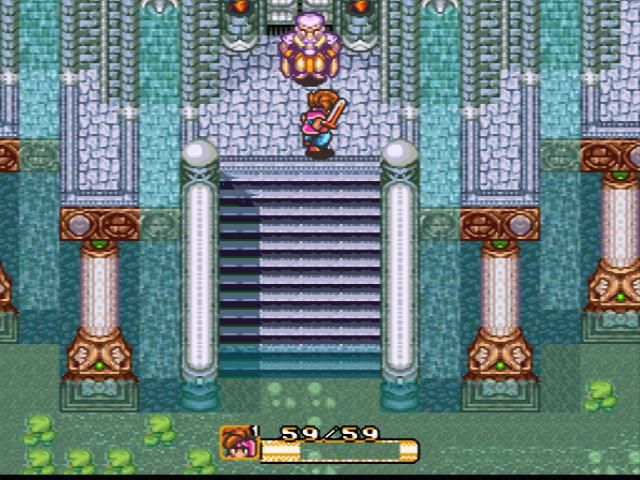Retro gaming has come a long way since its inception during the early days of the gaming industry. From the simple, colorful pixels of the 80s and the 90s to the more realistic, interactive 3D graphics of the present times, the past of retro gaming is an engaging trip down nostalgia lane. In this article, we’ll talk about how retro games developed, the role of pixel art in the early days of gaming, and how 3D graphics revolutionized everything. No matter if you’re a long-time gamer or are only now starting to get into video games, knowing about the transition from pixel art to 3D graphics will enable you to appreciate more the technology and artwork that’s put into the video games you enjoy today.
The Origin of Retro Gaming: Pixel Art Comes to the Forefront
Computer games during the 1980s were limited by the technology of the time. Early gaming consoles and arcade machines could only manage a limited amount of graphical data, and programmers relied heavily on the use of pixel art to create visual experiences. This graphic style, which manifested as blocky, 8-bit visuals, came to be associated with retro gaming.
Pixel art games were primitive, yet oh so endearing. Titles like *Super Mario Bros.*, *Pac-Man*, and *Space Invaders* employed pixelated graphics to attain iconic characters and environments. Despite the technological limitations, these games captured the hearts of fans and paved the way for the gaming industry’s exponential growth.
Major Characteristics of Pixel Art Games
Low Resolution: Early video games could only display a low number of pixels, which meant smaller designs and characters.
Iconic Graphics: Despite the technical limitations, games like Super Mario Bros and The Legend of Zelda created visually pleasing characters that became iconic in gaming.
Charismatic Aesthetics: The pixelated graphics became part of the retro game appeal, providing nostalgic and fantastical aesthetics.
The Dawn of 16-Bit and 32-Bit Graphics
With better technology in the early 1990s, video game consoles began to support 16-bit and 32-bit graphics, which allowed for more sophisticated and colorful graphics. It was a groundbreaking time in the history of retro gaming since developers could now explore and do more than what they were capable of doing with their graphics.
Super Nintendo and Sega Genesis
With the advent of consoles like the Super Nintendo Entertainment System (SNES) and Sega Genesis, game developers began creating games with richer environments and more fluid animations. Games like Sonic the Hedgehog, Super Mario World, and Street Fighter II did not just stop at being games; they were cultural phenomena.
Deeper Color: The increased bit depth allowed for a much larger number of colors, making characters and environments more realistic and richer.
Improved Sound: Along with better graphics, video game soundtracks also got better, with more intricate audio used to help gameplay and immersion.
More Detailed Sprite Work: Still based on pixel art, the higher resolution allowed for more detailed and expressive characters to be included.
These enhancements not only increased the graphical fidelity of games but also allowed for new types of gameplay experiences to be delivered. It was now possible for players to interact with bigger, more intricate worlds with fewer jerky breaks between levels, making gaming even more compelling.
The Move To 3D Graphics: A Game-Changer
The real revolution in game graphics came with the advent of 3D graphics from 2D pixel art in the late 1990s. The transition was a groundbreaking shift in game creation and gaming. Early 3D titles, such as Super Mario 64 and The Legend of Zelda: Ocarina of Time, opened the door for a new era of gaming.
Major Advances in 3D Graphics
Polygonal Models: Polynomials are used to create objects and characters in 3D games. These are then shaded and textured to give a real appearance.
Camera Control: As 3D environments became more popular, so did the desire to allow players greater control over the camera angle. This added a new layer of complexity to the gameplay, allowing greater exploration and interaction with virtual worlds.
Realistic Lighting and Shadows: With the advent of 3D graphics, lighting and shadow effects became more prominent. Games like Half-Life and Tomb Raider used lighting effects to contribute to the atmosphere and create more realistic environments.
The Impact of 3D Graphics on Video Games
3D graphics not only improved the look of games, but also influenced gameplay mechanics. The ability to explore open worlds, interact with fully realized environments, and engage in immersive storylines were all made possible by 3D technology. The world of gaming went through a renaissance in popularity, as game developers could now create games that were more realistic and engaging than ever before.

The Role of AI in Modern Game Design
As computer games evolve with technology, one of the most promising innovations has been the use of artificial intelligence (AI) to enhance game graphics. AI can now be used to render textures, environments, and even entire worlds more realistically. One of the most notable innovations is the creation of 3D text and graphics, which is now a central part of modern game design.
Thanks to tools like the AI 3D text generator developers can now create stunning 3D text effects that add a professional touch to in-game graphics, menus, and marketing materials. The tool makes it possible to design complex 3D text without the need for specialized 3D modeling skills, freeing up developers to focus on the artistic aspects of game creation.
Conclusion: The Future of Retro Gaming
The evolution from pixel art to 3D graphics has been an exhilarating experience, with technological breakthroughs and artistic innovations along the way. While retro games will always have a place in the hearts of gamers, it’s clear that the development of graphics will continue to propel the future of gaming.
Looking ahead, we can only expect more innovations in AI, VR, and 3D rendering technology, allowing for even more realistic and immersive gaming worlds. From the nostalgic appeal of early 2D originals to the open worlds of 3D masterpieces, the retro gaming trend sees no indication of abating as it draws in new waves of gamers. The good news? We’re just getting started.






 Your total news and information resource for all things Science, Technology, Engineering / Mathematics, Art, and Medicine / Health.
Your total news and information resource for all things Science, Technology, Engineering / Mathematics, Art, and Medicine / Health.
Leave a Comment